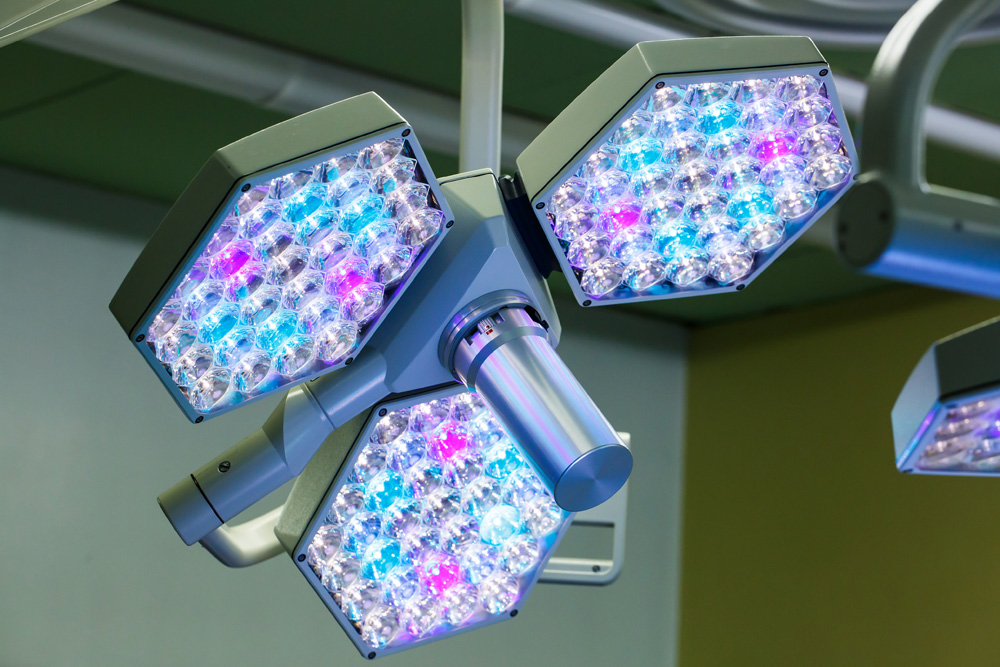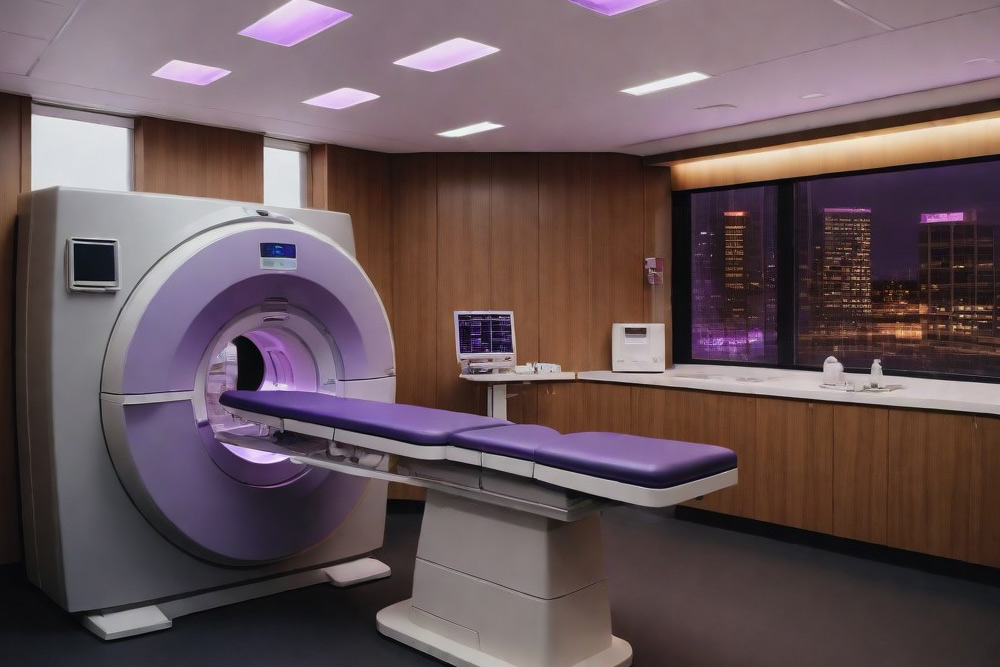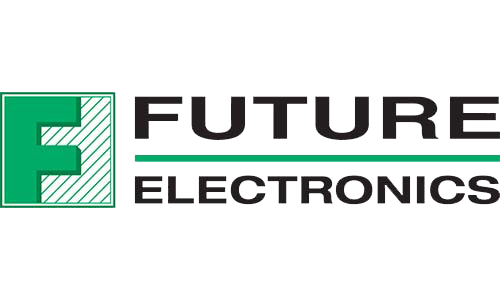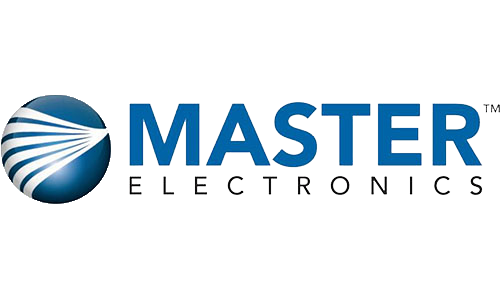
LEDs have transformed many industries with their remarkable efficiency, extended and versatile properties. The same is true in the medical world, as medical professionals are finding ways to use LEDs to enhance patient care. It is important to stress that we are not medical professionals, nor does our reporting on medical LED technology qualify as medical advice. That being said, these humble diodes are doing their part to contribute to a brighter future in patient care.
Better Vision for Surgeons
LEDs in surgical lights, compared with traditional halogen bulbs, provide high-intensity light with no shadows. While halogen lights can be fairly bright, . As a result, this can limit the surgeon’s ability to see perfectly during procedures. While some LEDs allow for focused beams that minimize shadows, the light from halogen bulbs is less focused and is prone to creating shadows. This also leads to compromised visibility for surgeons. Surgical LED lights can emit a color temperature that mimics natural daylight. This aids surgeons in perceiving accurate colors, giving them the ability to differentiate intricate details in the body. Finally, LEDs provide better vision for surgeons with reduced eye strain and fatigue. Due to the adjustable color temperature as well as the flicker-free operation of LED lights, surgeons are able to perform longer procedures with better focus and less fatigue. All these LED attributes help to enhance surgeons’ vision and help to reduce the risk of errors.
Procedure-Specific LED Lighting
Traditional operating room lighting relied on a “one-size-fits-all” approach, leaving surgeons to adapt their techniques to the limitations of the light source. However, LED technology has made it possible for customized illumination with procedure-specific lighting. This innovation in OR lighting allows for enhanced visibility during complex medical procedures. For example, in neurosurgery, specialized LED lights use focused beams. These lights, with their minimal heat generation, minimize tissue damage while maximizing visibility in deep, narrow incisions. In orthopedic surgery, adjustable LED light fields illuminate complex joint structures while casting minimal shadows. These are only two examples of how LEDs can deliver the right kind of light for specific medical operations.

Effective OR Disinfection and Sterilization with UVC LEDs
Operating rooms demand the highest standards of hygiene. This is where UVC LEDs shine. Ultraviolet C (UVC) light is a specific wavelength within the UV spectrum that has germicidal properties. When UVC light comes in contact with microorganisms like bacteria, viruses and fungi, it effectively kills or inactivates them. UVC LEDs find extensive applications in the OR and beyond. They are used in hospitals to disinfect and/or sterilize medical instruments, surfaces and personal protective equipment (PPE). This helps prevent the spread of healthcare-associated infections. Using UVC LEDs helps to eliminate microorganisms that are resistant to traditional disinfectants. Further, it reduces the reliance on harsh chemicals in medical settings. Using UVC LEDs in the operating room combats infection risks in a delicate medical environment. With their targeted germicidal capabilities, patients and medical professionals alike are protected from germs and other harmful bacteria.
Futureproofing the OR with LED Lighting
The runway for LED innovations in the OR appears long. Beyond iterating the breakthroughs we’ve discussed so far, there’s major potential for additional developments. In the field of personalized lighting, researchers are exploring new ways to tailor lighting to an individual patient’s needs. This goes further than simply setting the lights at a comfortable level. Specific LED wavelengths could be used to encourage tissue regeneration, potentially accelerating healing times for patients post-surgery. While research is ongoing, precise light frequencies can potentially be applied to minimize blood loss during procedures. The integration of LED technology in the operating room could also merge with ongoing artificial intelligence (AI) and machine learning (ML) advancements. For instance, advanced systems could analyze real-time surgical data captured through sensors. Based on this analysis, lighting could be adjusted to provide surgeons with the best visualization of the operating field.

Additional Benefits of Medical LED Lighting
While traditional medical lighting methods and bulb choices pale in comparison to LEDs on a number of levels, remember that LEDs hold general advantages over most bulb options. LEDs are energy-efficient, leading to significantly lower energy consumption. They have long lifespans, reducing maintenance costs. Although LED bulbs are, for instance, more expensive upfront than halogen bulbs, their lifetime cost is lower, as LEDs can use as much as 80% less energy than halogen bulbs.
American Bright: Contributing to a Healthier World
When it comes to medical LED lighting, American Bright offers a wide array of products, including custom projects upon request. We want to empower the medical device industry with components that can contribute to health and healing. As a leading global supplier of LED components for more than 25 years, American Bright is your partner in medical LED applications. Contact us for your next project.











